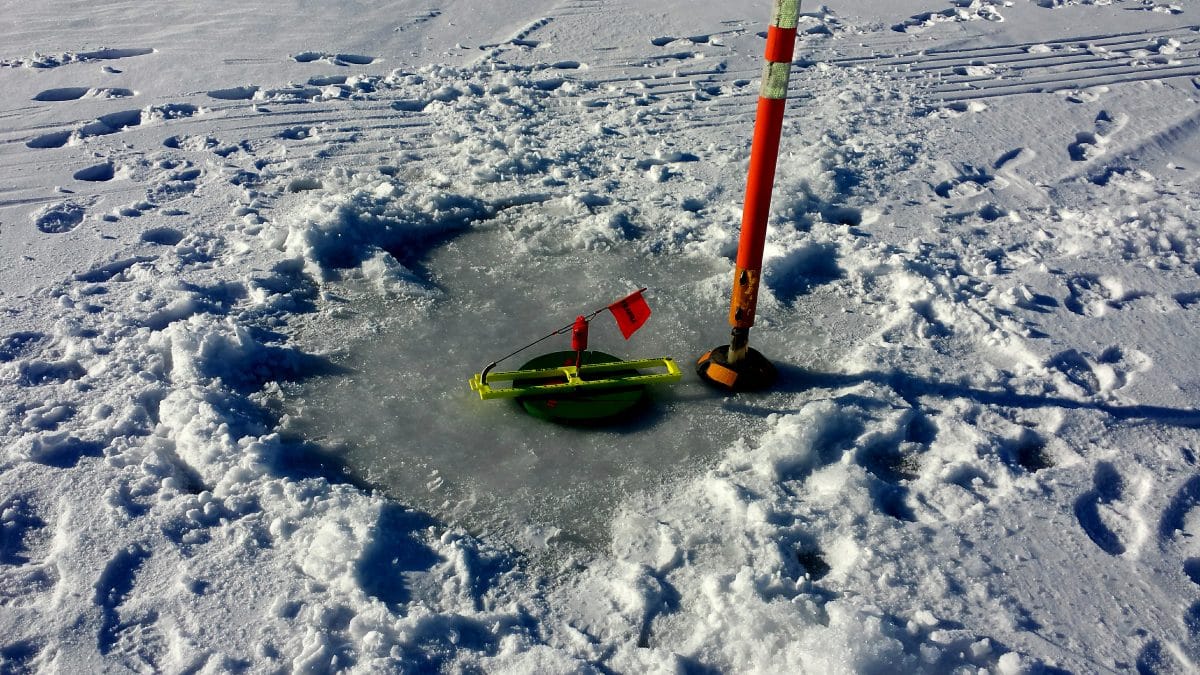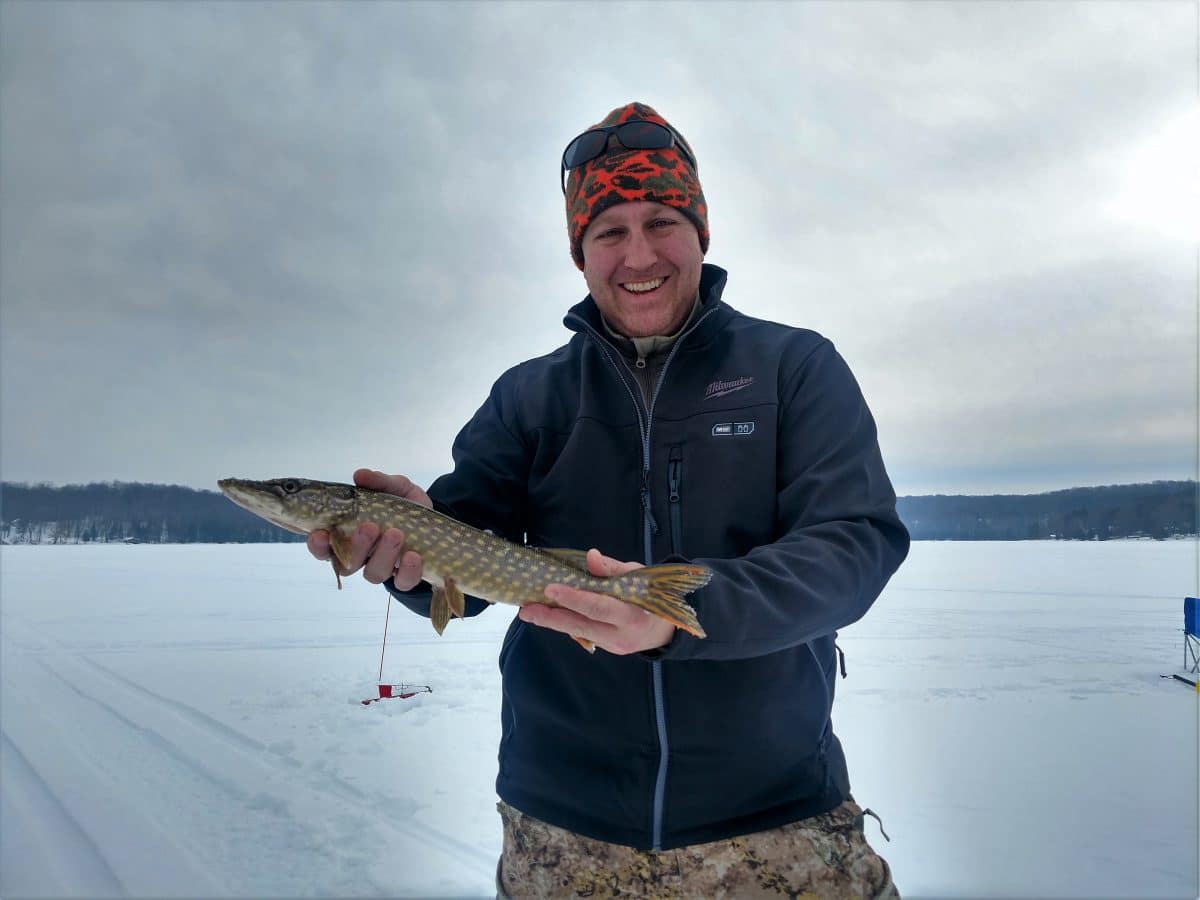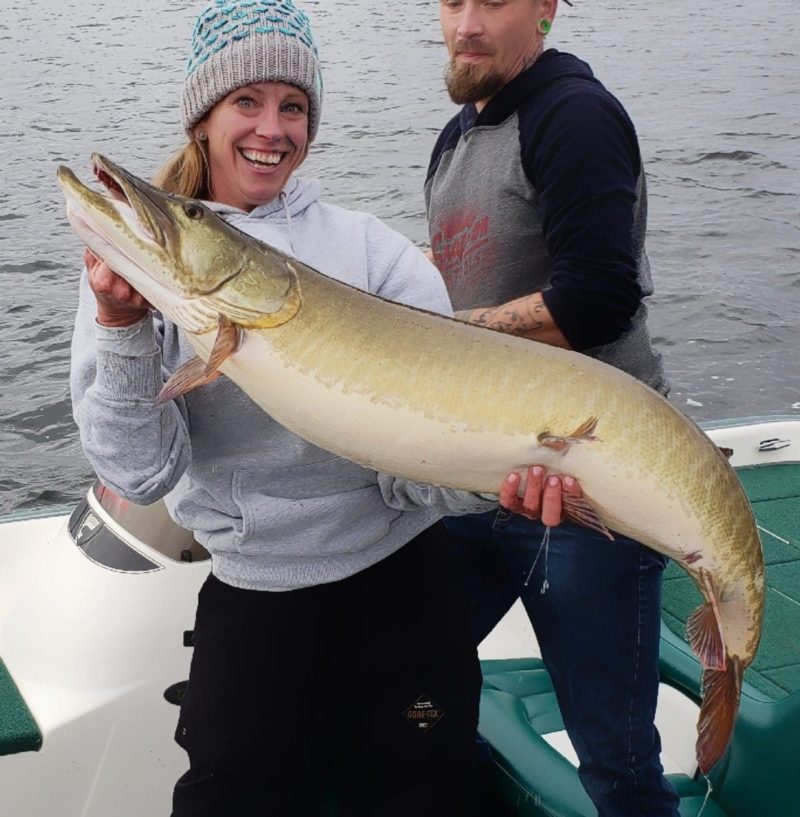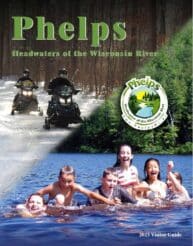Is it Safe To Fish?
Given the warmer temperatures we have been experiencing in the Northwoods, now is a good time to discuss safety for a fun ice fishing experience.
Before you venture out onto the ice, there are steps you need to take to make sure that you have a safe and enjoyable time. The most important piece of knowledge is knowing that there is no such a thing as 100% safe ice, but you can take precautionary measures to stack the odds in your favor of knowing the safety of the ice before it is too late.
What Determines Ice Safety?
First, you must understand that the safety of ice is determined by a combination of conditions and factors, not just thickness. One of the important things that need to be considered in determining the safety factor is the type of water (pond, lake, stream, river, etc.). The type and size of the water will have varying factors such as depth, chemistry make-up, and current to name a few. Other major considerations are appearance (color, texture and features), daily and weekly temperatures, snow cover, and distribution of the load on the ice (not only yours but surrounding area too).
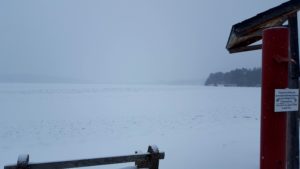 If you are completely unfamiliar with the area, don’t make any assumptions about the ice. There are several ways to inquire where the good spots are and where the known dangerous spots are. You can stop by a local bait/tackle shop or any other local business and chat with them about ice conditions and spots. If there aren’t any around or open, stop by the police or fire station and inquire.
If you are completely unfamiliar with the area, don’t make any assumptions about the ice. There are several ways to inquire where the good spots are and where the known dangerous spots are. You can stop by a local bait/tackle shop or any other local business and chat with them about ice conditions and spots. If there aren’t any around or open, stop by the police or fire station and inquire.
After you’ve determined the location you want to go out on, first you need to observe the ice and look for any obvious warning signs such as cracks, flowing water near the edges or up through the top of the ice or even frozen ridges that would indicate that there was water flowing on top and refrozen. These are abnormal surface conditions that are usually not safe.
Things to know about and consider about ice is that clear ice that has a blueish tint is generally the strongest. White, milky or opaque ice has 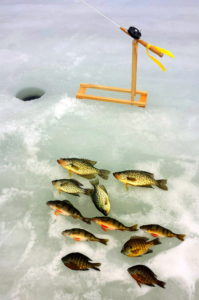 been water covered and refrozen and it is weaker because it is more porous from the air pockets. Light gray to dark black is melting ice and is very unsafe. Additionally, melting ice can have a slushy texture, which tends to be deceptive because it may appear thick but it can be much thinner below. Beware of snow covered ice because the snow can act as an insulator preventing the ice from forming below,
been water covered and refrozen and it is weaker because it is more porous from the air pockets. Light gray to dark black is melting ice and is very unsafe. Additionally, melting ice can have a slushy texture, which tends to be deceptive because it may appear thick but it can be much thinner below. Beware of snow covered ice because the snow can act as an insulator preventing the ice from forming below,
Once you’ve observed the color and determined the body of water type as a safe category, then you are ready to test the thickness of the ice. You can do this with a variety of methods. The most common is to use a “spud” or ice chisel. Using a stabbing motion, drive the spud into the ice to create a hole and then measure the ice thickness. Alternatively, you can use an ice auger or cordless drill to create your hole and then measure. Remember to measure the depth rather than determining the thickness by how easily the ice surface breaks. Caution: It is easy to overestimate the thickness.
Guidelines for Safe Ice Fishing
There are general depth guidelines for safeness. It is important to remember that ice rarely forms at a consistent uniform rate and therefore the thickness can vary from one spot to the next. So continually check the depth every few steps. Also, keep in mind that these guidelines are for new clear ice (the strongest) and that the other conditions to consider can significantly alter the safeness of the ice thickness.
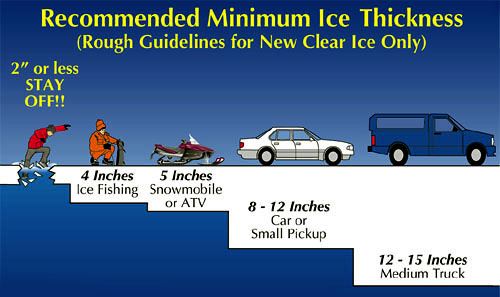
It is much safer to drive slowly on the ice, especially when nearing the shoreline edge. As you are moving along, regardless if by car, truck or snowmobile, you are creating a small wave motion under the ice that is moving ahead of you and when it reaches the shoreline it can bounce back and if the ice is pushed down by the weight of your vehicle it could cause the edge of the ice to break even if thick. Additionally, if the ice breaks under your snowmobile, do not let up on the gas. A snowmobile has a spinning track which acts like a paddle wheel and will carry you for a limited time and might be enough to get to safer ice location,
Lastly, if you’re on the ice for a length of time, you should periodically check the area surrounding your location and don’t forget to check for depth on your way back as well. Just because it was safe when you went out doesn’t mean it will still be safe on your way back. If you take these safety precautions, your probability of staying safe increases significantly,
Selective harvest is the way to go. Colin Crawford’s Guide Service, crawfordfishing@gmail.com website: www.crawfordfishing.com (715) 891-2715. You can also “Like” us on Facebook.
Happy fishing!

